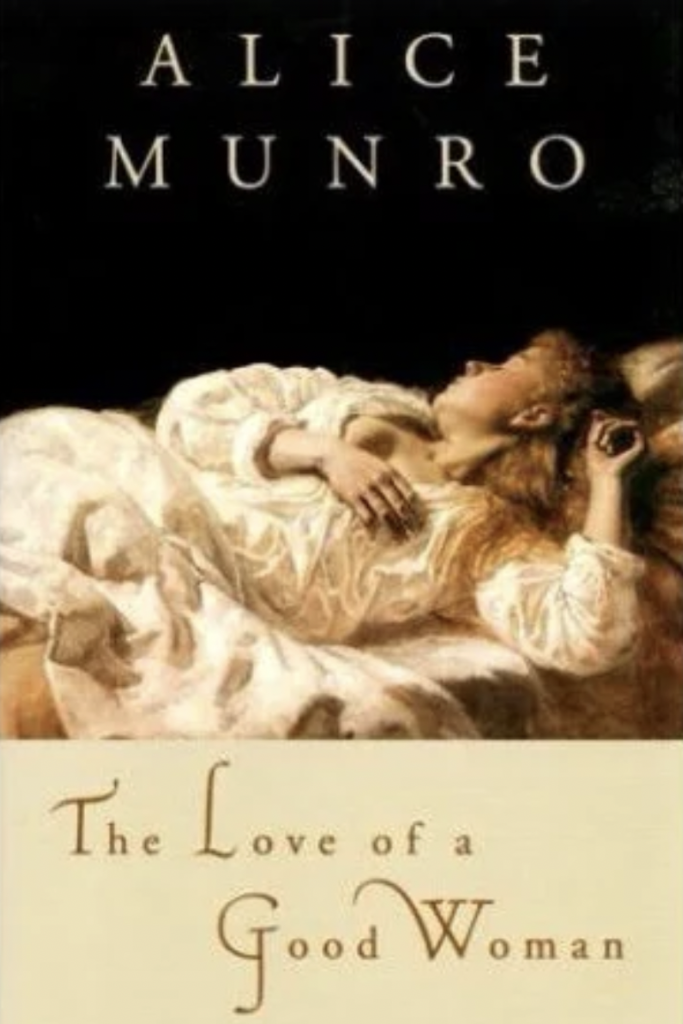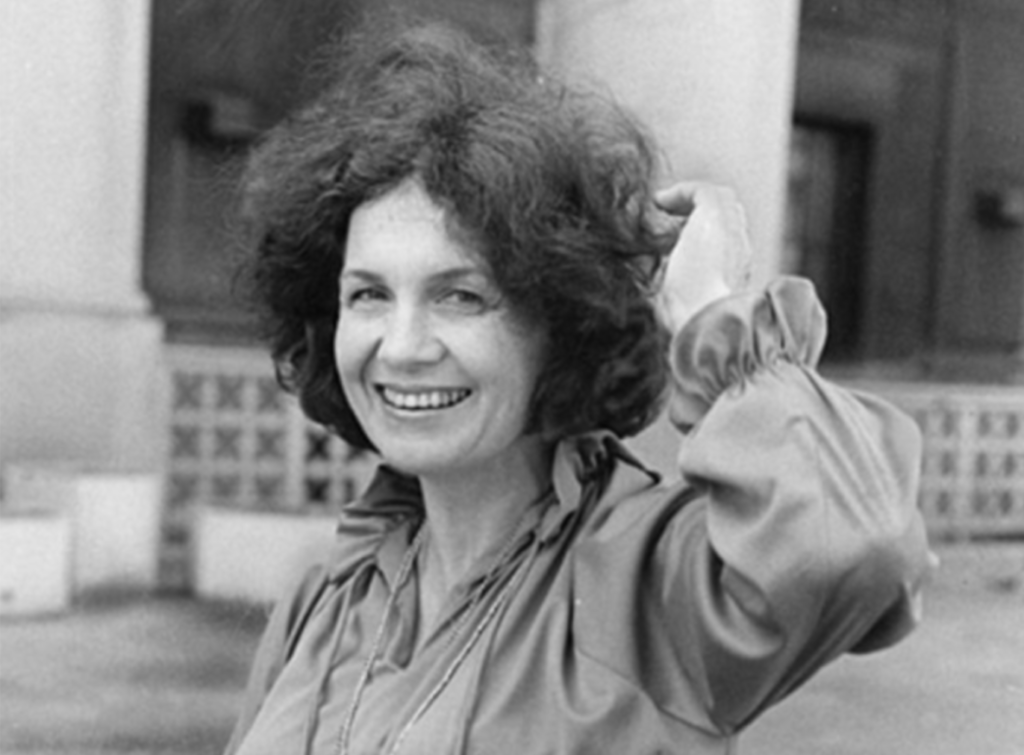The Love of a Good Woman, stories by Alice Munro
The short story has few practitioners skilled as Alice Munro, now 91, who famously began writing stories as a young mother, finding their completion took “less time.” Lucky for her readers the form turned out to be one that suited her. Since her first collection appeared in 1968, she has produced fourteen in all, garnering numerous awards and prizes including Canada’s Governor’s General Award, PEN/Malamud Award, the Rea Award for the Short Story, O. Henry Award, and the Nobel Prize for Literature in 2013.
If her work is new to you, I envy your discovery. Munro is known for stories set in her home landscape of western Ontario, and a focus on the intricacies of relationships—yet her stories are never sentimental. Told in a voice that intimates the deepest thoughts and feelings of a character, without treacle or sentimentality, Munro’s narrators are sharp-witted, sardonic, even biting in their observations. So where to begin when first entering Munro country?
My recommendation is to start mid-career. It’s there you’ll find her classically novelistic stories—where the density of a novel is contained in a space of thirty or so pages. The stories of this period may not be as stylistically daring as those that come later, in more recent collections such as Runaway or Dear Life. But there is something classically satisfying about the stories written between 1982 and 1998. In this reader’s view, they are vintage Munro: The Moons of Jupiter, The Progress of Love, Friend of My Youth, and The Love of A Good Woman are some of Munro’s most classic. Narrowing the scope further, as impossible as it is to choose, I’d direct first-time Munro readers to The Love of A Good Woman. There you will find such classic stories as “The Children Stay,” a chilling tale of adultery and its effects on children, viewed from the perspective of years later. Or “Before the Change,” an epistolary account of the adult daughter of a widowed country doctor, who, after moving home after a failed affair learns the secret of the blackmail his housekeeper had been conducting against her father for decades. The title story of the collection is a domestic murder mystery with an ailing husband, a devoted nurse, curious boys, and clues set down in a collage of time and memory.
Munro revels in what she calls “knotty” situations, where she can hold a mirror up to the complexity of life and apply her astonishing eye to the details, gathering time and events in her own unique fashion. Munro has famously referred to her narrative structure as that of a house, in which the reader is free to wander through its rooms in any order she pleases. She’s also said that is the way she prefers to read stories—though I have to say, if you’re just starting out reading hers, I recommend staying with the order in which she wrote them. Only because that way, you won’t miss a thing.
—Lauren Alwan



